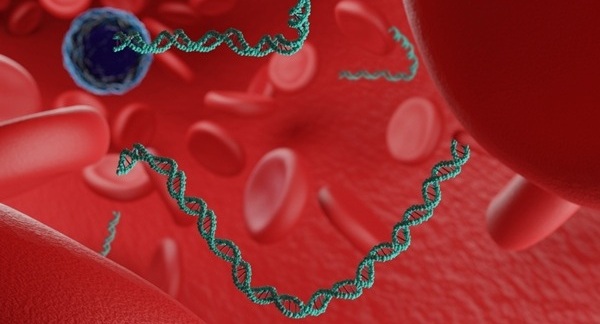Effect of Lipoprotein(A) on the Diagnosis of Familial Hypercholesterolemia
By LabMedica International staff writers
Posted on 25 Nov 2019
The recent focus on familial hypercholesterolemia (FH) as a high-risk condition predisposing to premature coronary artery disease (CAD) has led to more widespread screening and diagnosis of the condition. Familial hypercholesterolemia is a genetic disorder.Posted on 25 Nov 2019
FH is caused by a defect on chromosome 19. The defect makes the body unable to remove low density lipoprotein (LDL) cholesterol from the blood. Diagnostic tools for familial hypercholesterolemia (FH) rely on estimation of LDL cholesterol concentration. However, routine measurement or calculation of LDL cholesterol concentration using the Friedewald equation contains a cholesterol contribution from lipoprotein(a) [Lp(a)].

Image: The Architect clinical chemistry autoanalyzer C16000 (Photo courtesy of Abbott Diagnostics).
Medical Scientists from the University of Western Australia (Perth, Australia) undertook a cross-sectional study of adult index patients aged >18 years with or without a recognized mutation causative of FH. Data on Lp(a) concentrations were available in 907 patients suspected of FH. The Dutch Lipid Clinic Network (DLCN) and Simon Broome (SB) diagnostic criteria were estimated before and after adjusting LDL cholesterol concentration for the cholesterol content (30%) of Lp(a).
All biochemical measurements were performed with routine assays in an accredited laboratory. LDL cholesterol was estimated by the Friedewald equation; with triglyceride >400 mg/dL (4.5 mmol/L) (n = 4), LDL cholesterol was measured by direct assay. LDL cholesterol was adjusted for statin therapy in individuals receiving therapy to establish the phenotypic diagnosis of FH. Lp(a) was measured by an automated latex enhanced immunoassay, the Quantia Lp(a) assay, (Abbott Laboratories, Abbott Park, IL, USA). Briefly, the Quantia Lp(a) is a turbidimetric immunoassay using monoclonal antibody for the estimation of Lp(a) in human serum or plasma in an Abbott Diagnostics Architect autoanalyzer C16000 and is based on the principle of an agglutination reaction.
The investigators reported that 74 patients defined by DLCN criteria (8.2%) and 207 patients defined by SB criteria (22.8%) were reclassified to “unlikely” FH after adjusting LDL cholesterol for Lp(a) cholesterol. The proportion of FH patients defined by DLCN (probable/definite) and SB (possible/definite) criteria decreased significantly in patients with increased Lp(a) (>0.5 g/L; n = 330) after Lp(a) cholesterol adjustment. The overall reclassification rate was significantly higher in patients with Lp(a) concentration >1.0 g/L. The AUROC curve for LDL cholesterol concentration ≥191 mg/dL (≥5.0 mmol/L), DLCN criteria, and SB criteria in predicting an FH mutation increased significantly after adjustment. There was no significant difference in AUROC curve before and after Lp(a) cholesterol adjustment at an LDL cholesterol concentration ≥251 mg/dL (≥6.5 mmol/L).
The authors concluded that adjusting LDL cholesterol concentration for Lp(a) cholesterol improves the diagnostic accuracy of DLCN and SB criteria, especially with Lp(a) >1.0 g/L and LDL cholesterol <251 mg/dL (<6.5 mmol/L). Lp(a) should be measured in all patients suspected of having FH. The study was published in the October, 2019 issue of the journal Clinical Chemistry.
Related Links:
University of Western Australia
Abbott Laboratories













